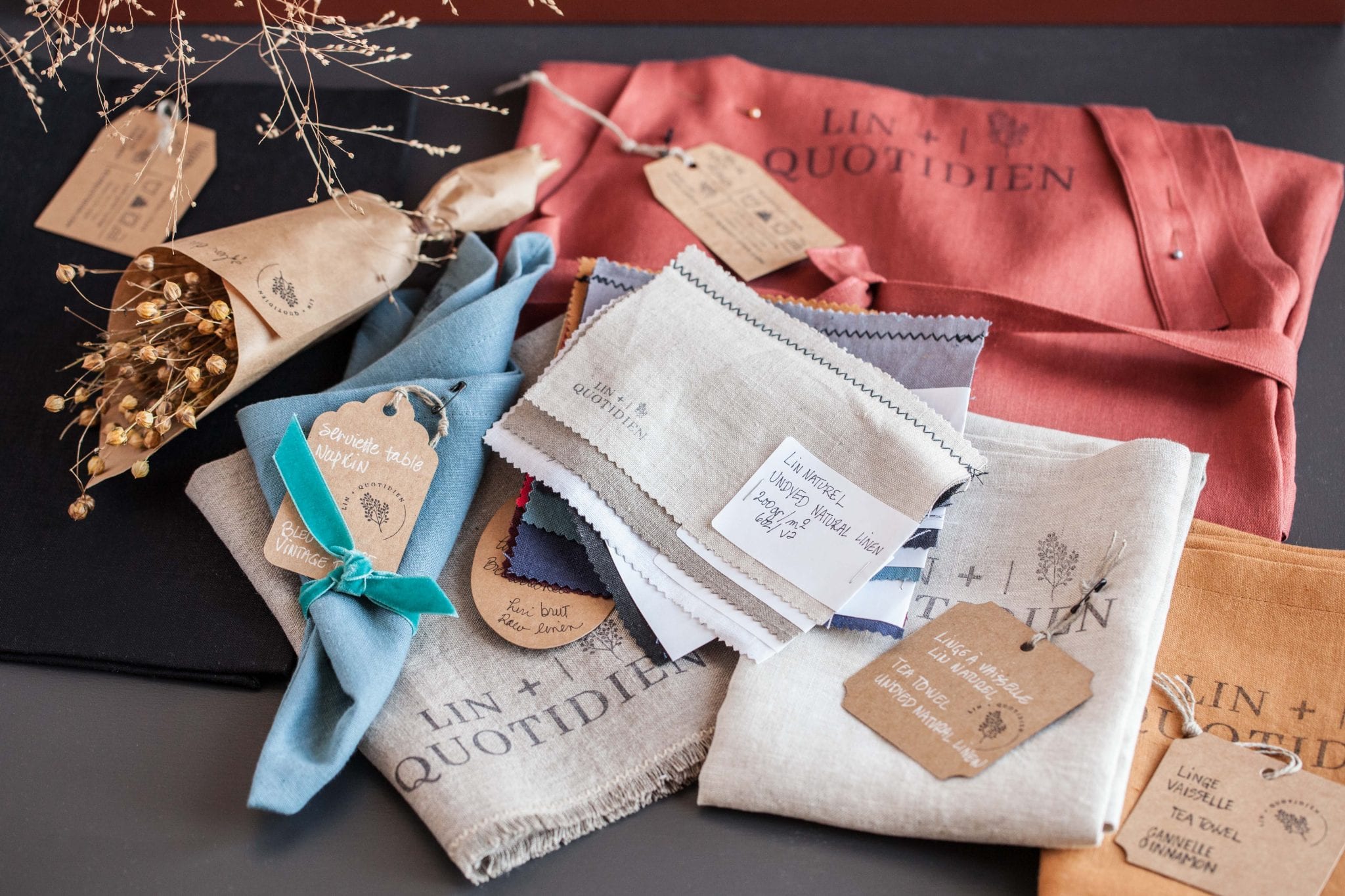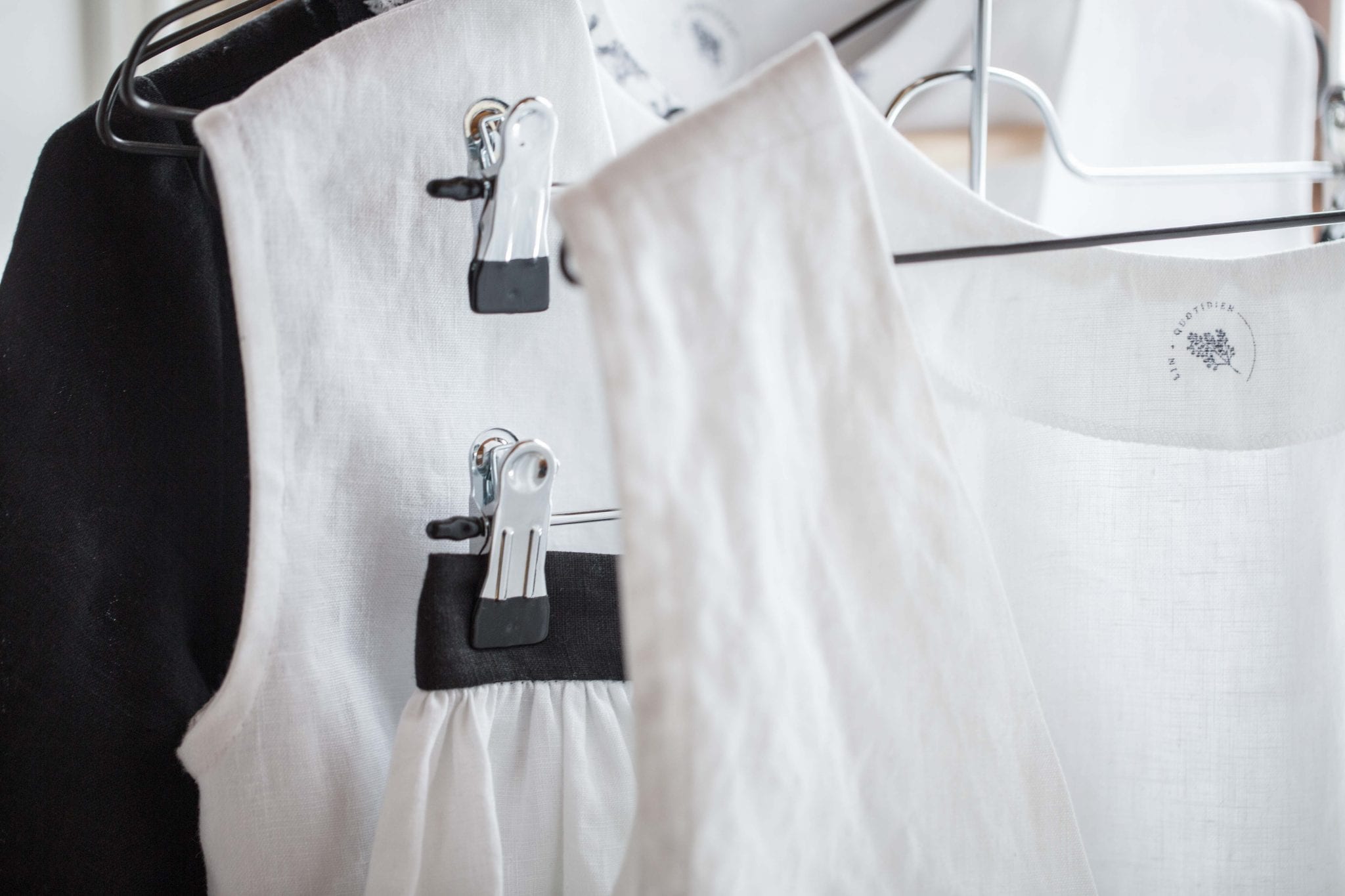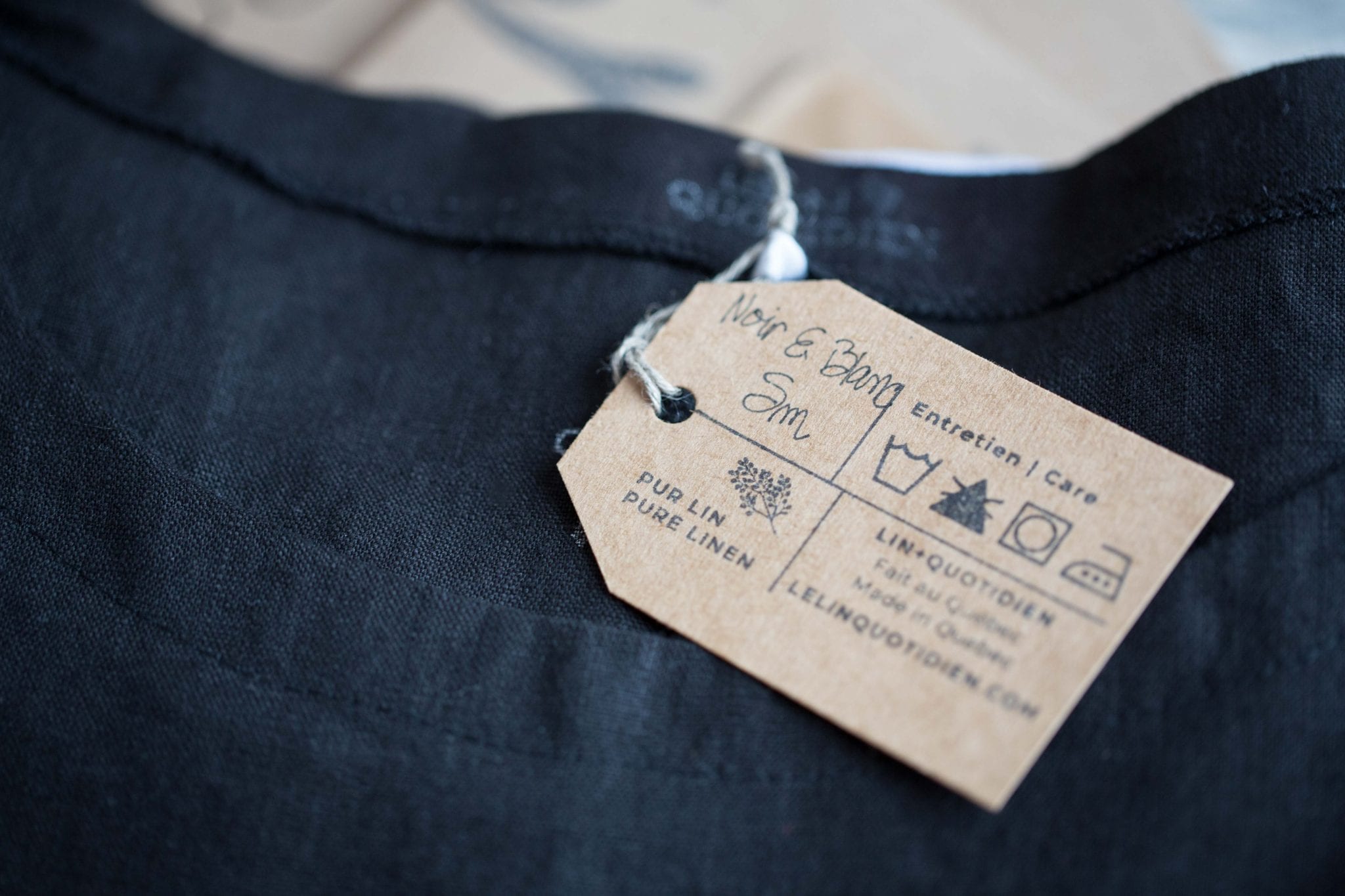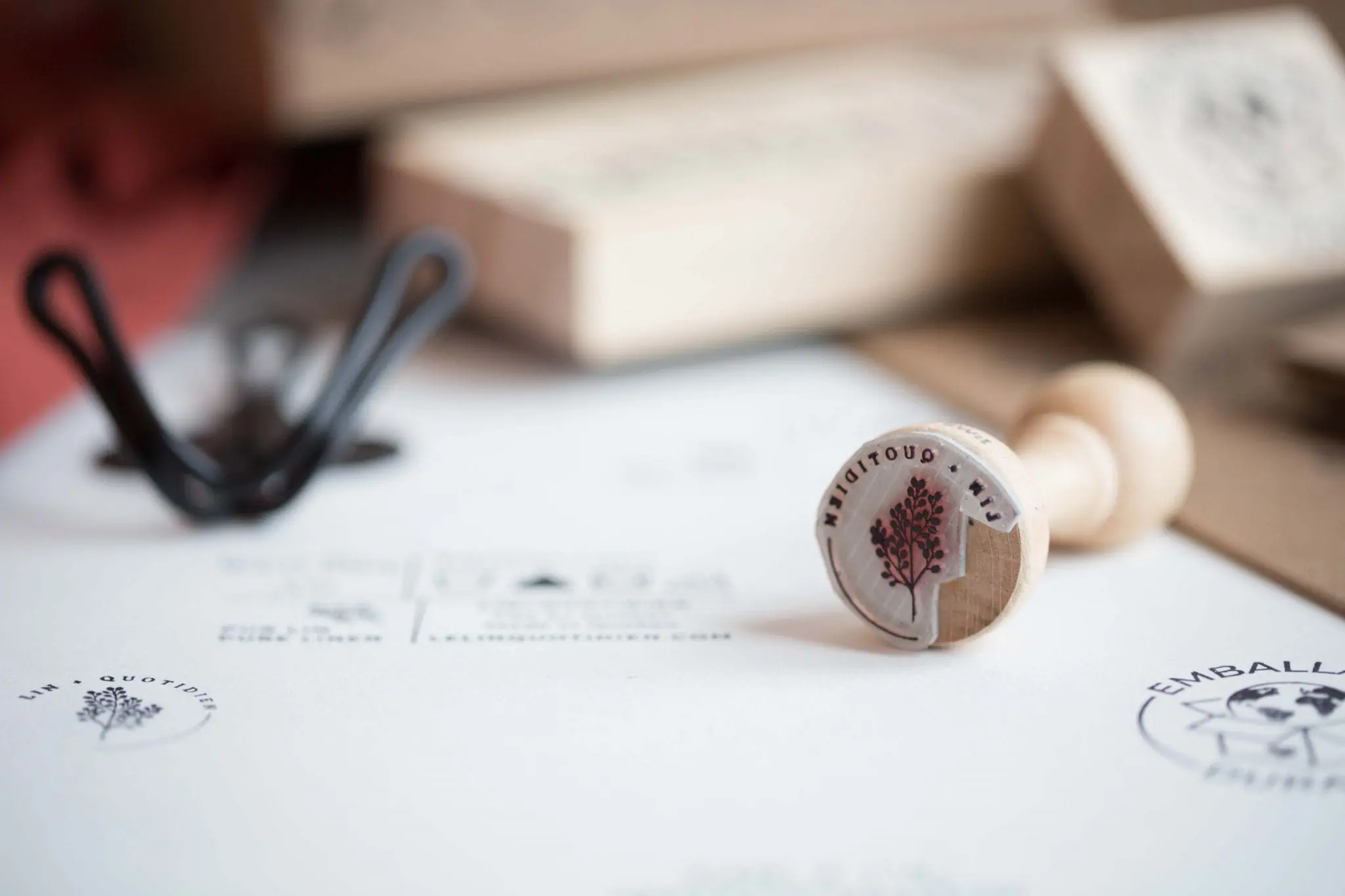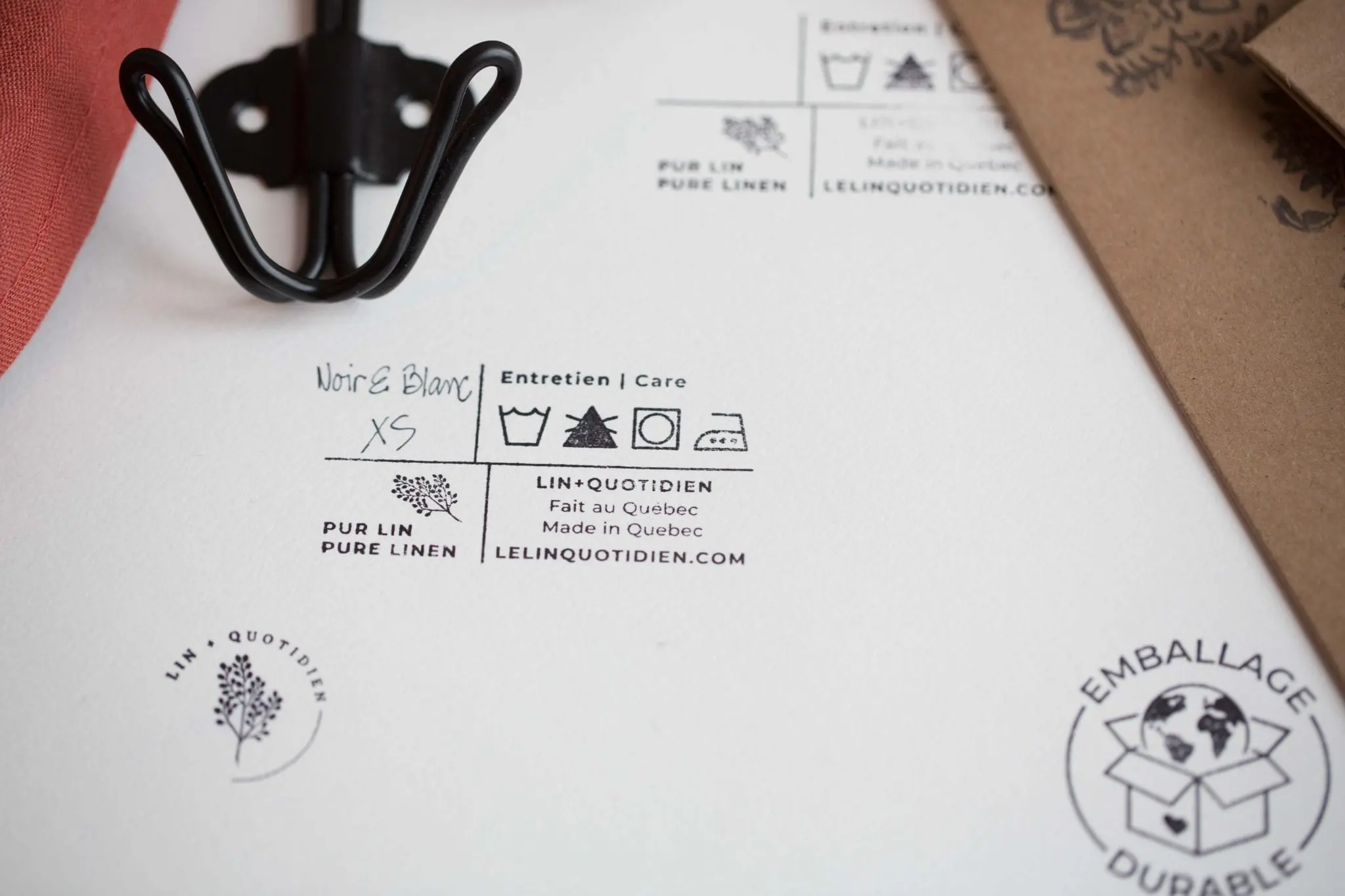“We enter the cellar, right away, that’s what gets us…The smell of apples is like a powerful wave…How could we do without this pungent and sweet childhood for so long?” (Philippe Delerm, La première gorgée de bière, 1997).
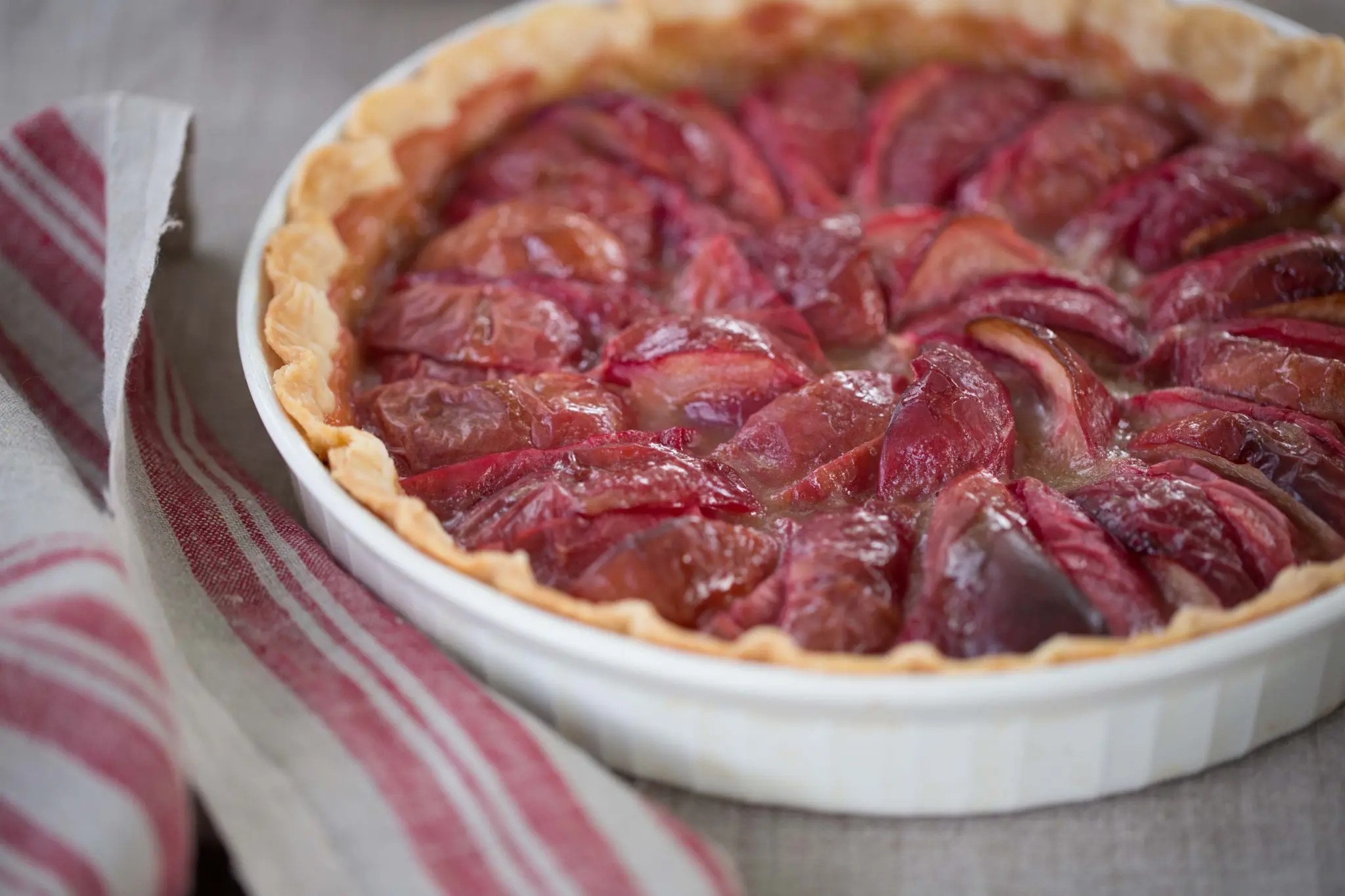
It’s been a while since I’ve written a post for my blog. I don’t know if it’s worth it. I heard that Google notices, but well, Google is not human, and I need human contact. And I was too busy designing new patterns too, and redesigning them again. It took a lot of my time and energy this year. Too busy with photoshoots, with sewing for my small orders, and with so many other things. By the way, the pretty Cherry Red striped dishcloth is offered here.
But, well, here I am. I’m making an apple pie that the whole family is raving about and asking for more. I figured it wouldn’t take long to share this delight with you. On the property we have apple trees, and this year is the year of the apples (the apple trees produce every other year, one year almost nothing, and the other year there are so many that the branches bend and even break, although the gardener took care to remove a lot of them). We have a very red variety, Manitoba, which makes applesauce so red it looks like it’s been colored with food coloring. And the pie is sublime with these apples too. Since they are organic apples, I don’t peel them. The pie is even more beautiful, deep red, and with more fiber. Here it is:
Apple pie
Pie crust
5 cups of flour
1/2 tsp. salt
1 lb of vegetable fat
1 cup of water + 2 tbsp of vinegar. Put the water + vinegar mixture in the refrigerator half an hour before.
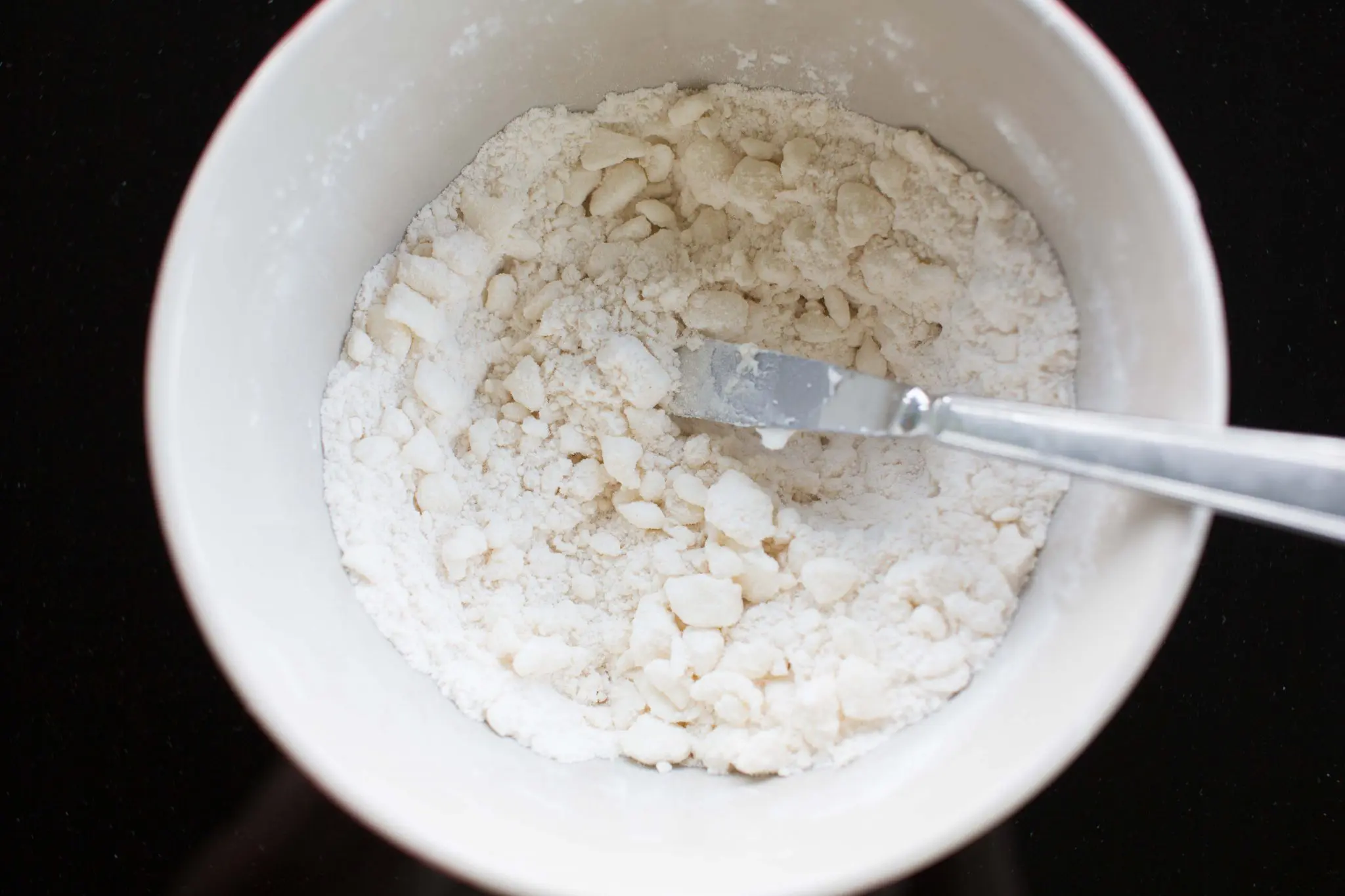
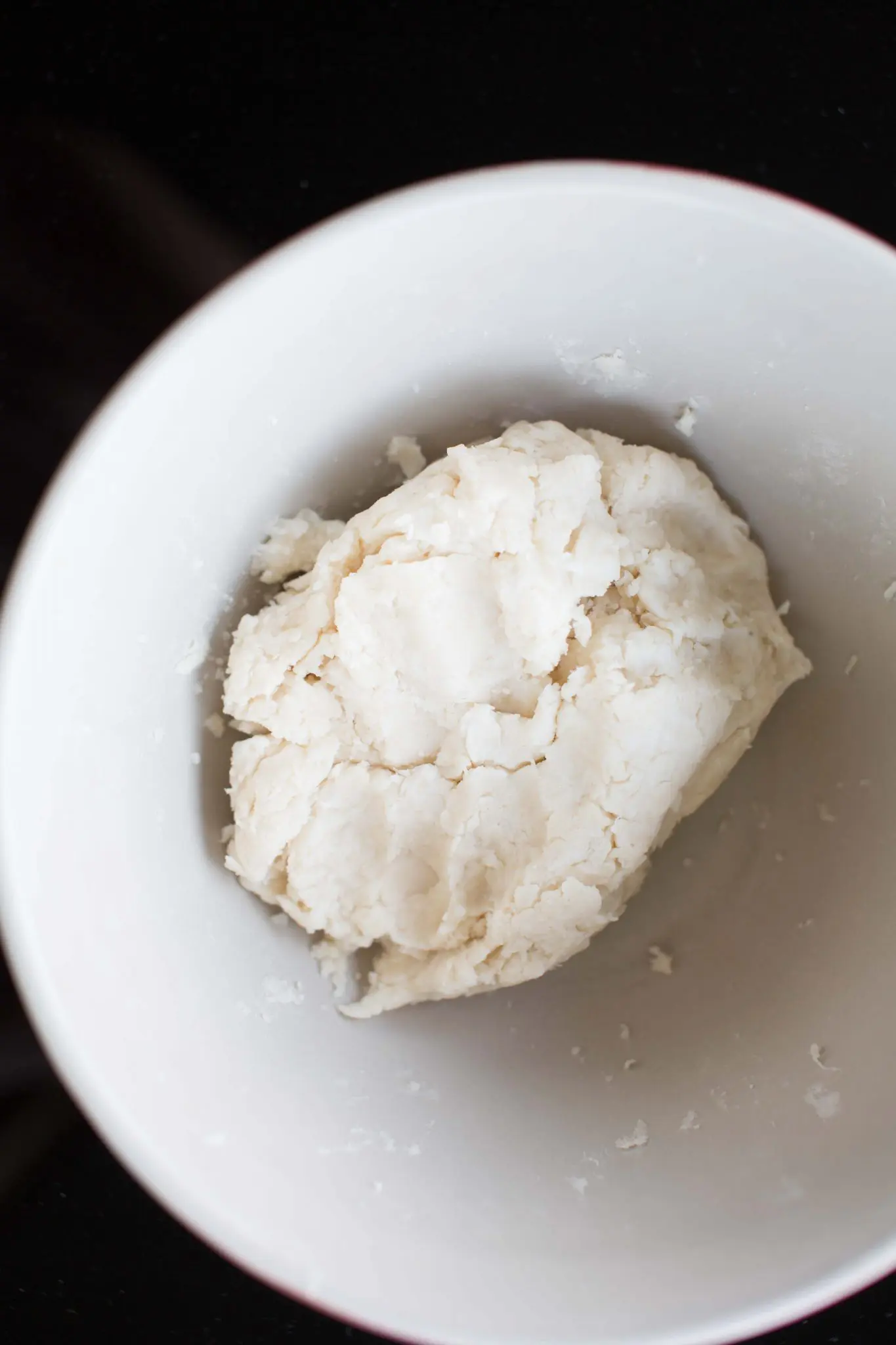
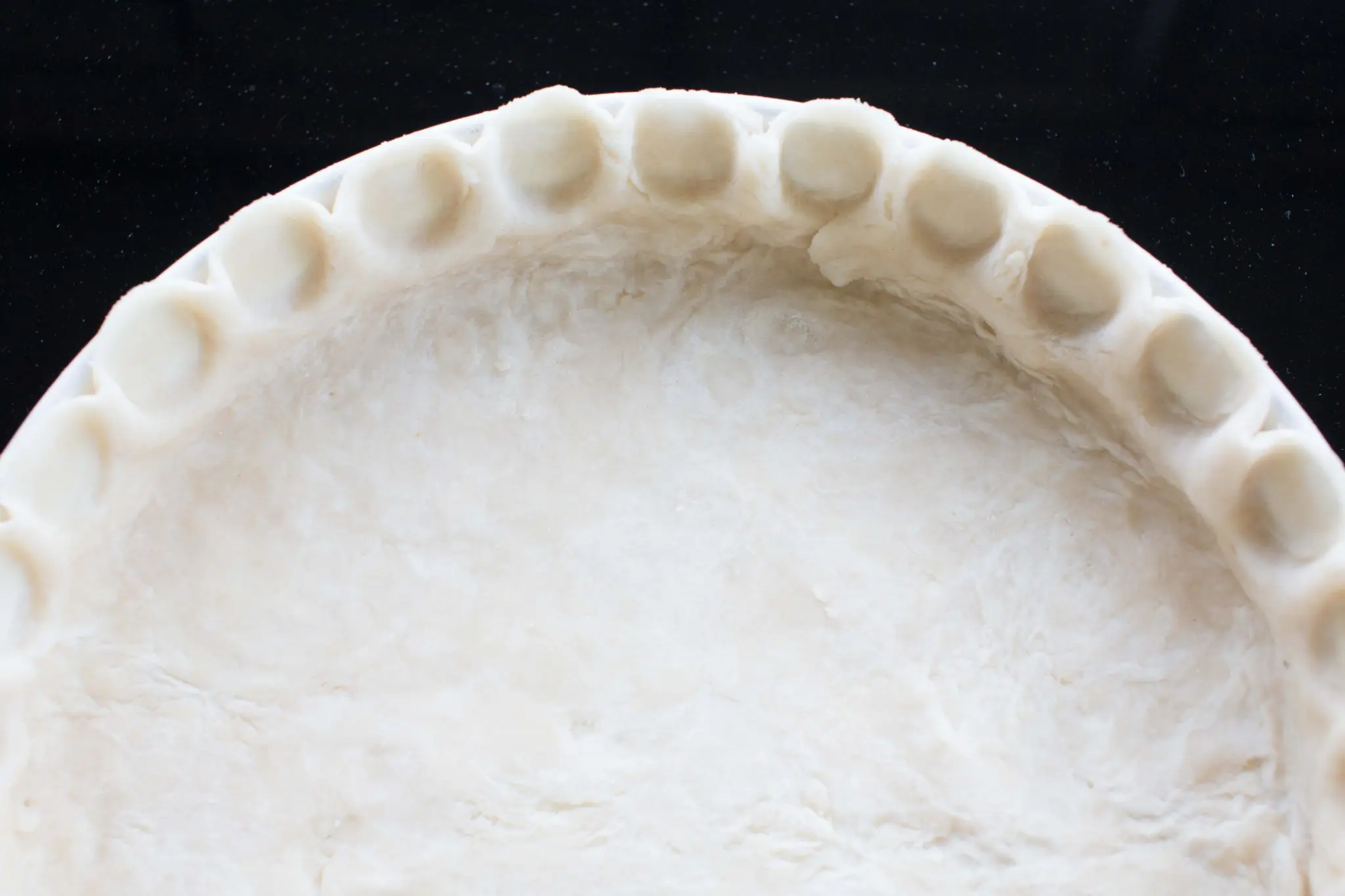
Mix salt and flour. Using a knife, cut the fat into the flour. The trick to having a very flaky dough is to avoid breaking the fat into very small pieces. On the picture, you can see how I keep big pieces and my dough is always very flaky. Add the water + vinegar mixture and mix well. See the ball of dough in the bowl as it is uniform once the ingredients are well mixed. (Here, I cut the dough recipe into 4 and it worked well. This is exactly the amount I need to line my 12″ diameter Corning Ware plate).
On a floured surface, roll out the dough with the rolling pin so that it is the right size for your pie plate.
Line the plate with the dough and cut off the excess. Work the scallops with your thumbs. Place your two thumbs side by side, leaving a small distance between them, then press the dough firmly against the plate. Continue by placing the thumb of your left hand (I’m right-handed) into the previous impression and create a new impression with the thumb of your right hand. Go all the way around the plate this way and you’ll have a nice evenly spaced scallop.
Apple filling
7-8 apples (for my 12″ diameter Corning Ware plate).
Cut the apples into large wedges. (Place them in salted water + a little lemon juice to prevent them from turning black during preparation).
Sugar
1/4 cup of butter
1/2 cup of brown sugar
Juice of 1/2 lemon
2 tbsp. corn syrup
2 tbsp. flour
Melt butter in microwave for 1 minute or less. Add lemon juice, brown sugar and corn syrup and mix well. Add flour and stir until well blended. Microwave for another minute, just until the brown sugar is melted (grain free) and the mixture is smooth.
If you want to add spices, 1 tsp. cinnamon and 1 tsp. nutmeg, this is where you can do it. (Manitoba apples are so succulent that I prefer to keep their authentic flavor, so I don’t add spices with these apples).
Spread the apples on the pie crust (I didn’t spike it), making a nice spiral with the wedges. Then, start over by layering a new row of apples on top of the first.
Pour the sugar mixture.
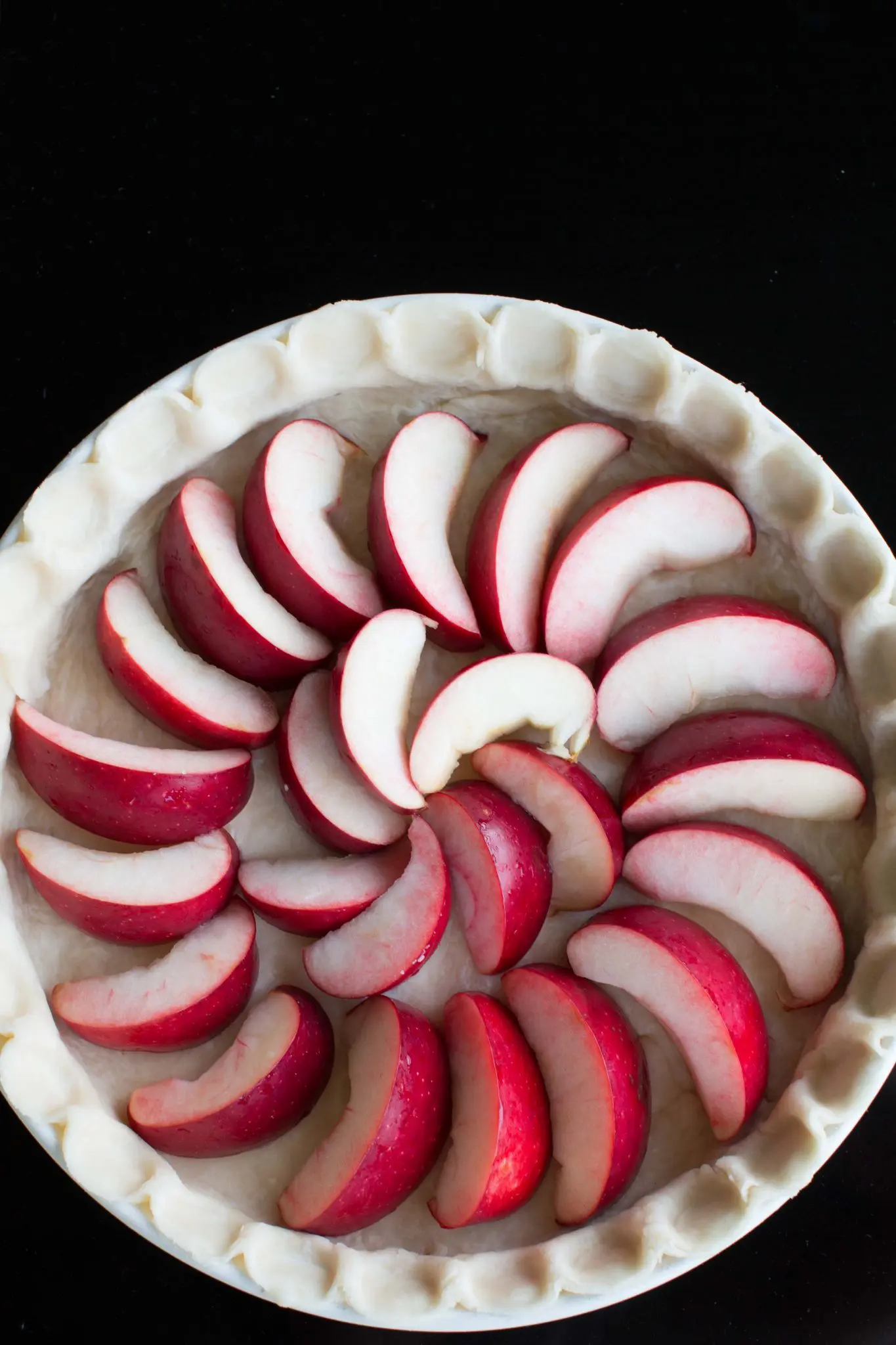
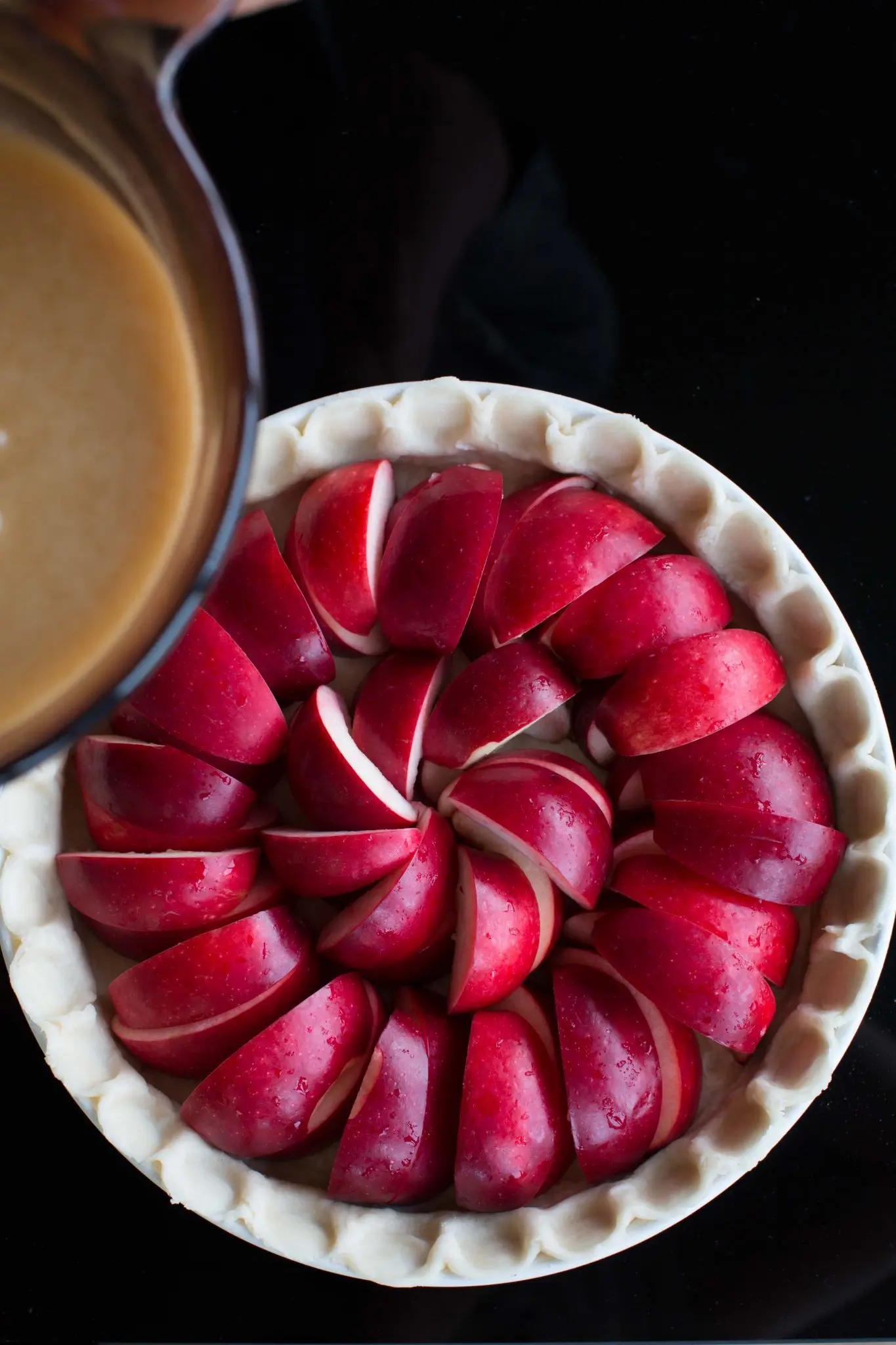
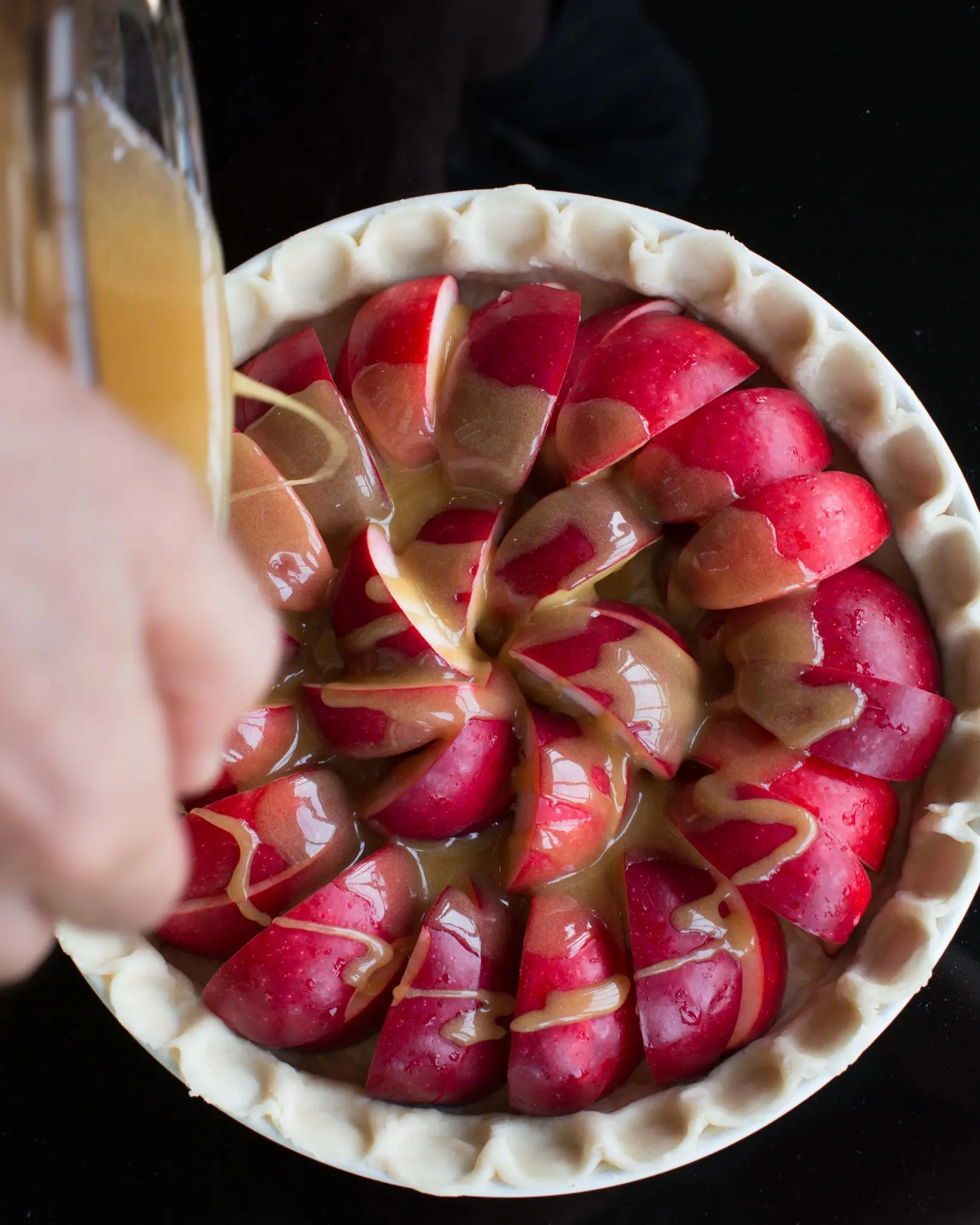
Bake at 375 degrees F for 50 minutes.
Serve warm.
Enjoy!

 Branding is both highly motivating and super demanding!
Branding is both highly motivating and super demanding!